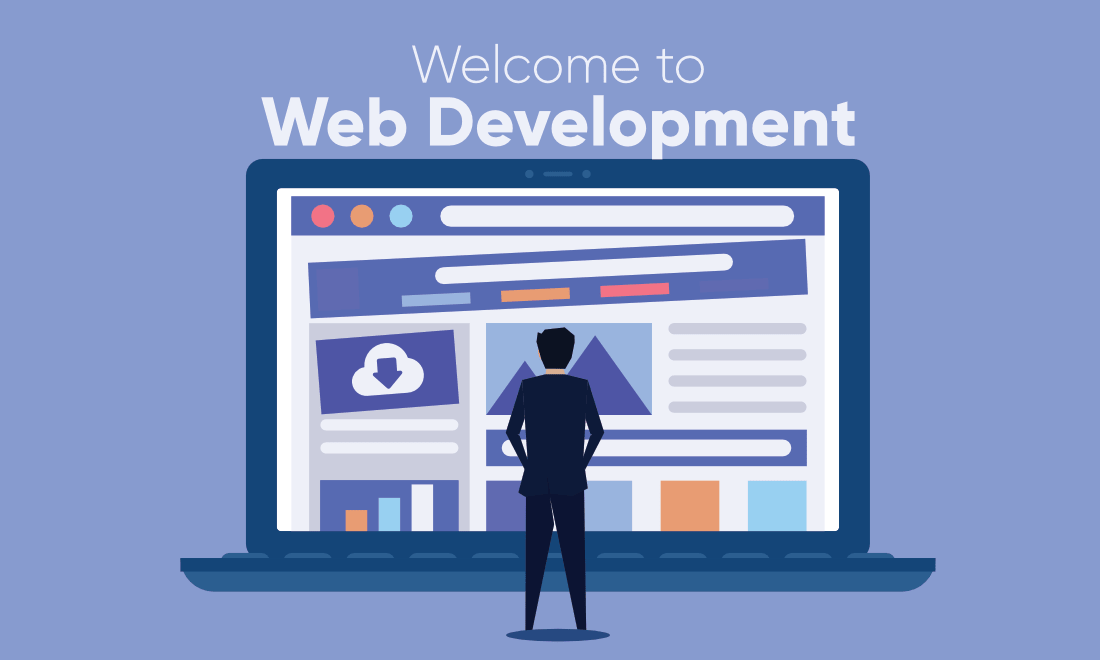The 5 Stages of a Branding Process
Discover the essential phases of crafting a powerful brand with "The 5 Stages of a Branding Process." This guide walks you through each step—from defining your brand identity to establishing a strong market presence—helping you build a memorable and impactful brand that resonates with your target audience.
Understanding the Branding Process
Branding is a crucial element in shaping the identity of a business and establishing a strong market presence. It involves a strategic process that helps in defining and refining how a company is perceived by its audience. The branding process can be broken down into five distinct stages, each playing a vital role in creating a cohesive and compelling brand identity. In this article, we will explore these five stages in detail, providing insights into how each contributes to building a successful brand.
Stage 1: Brand Discovery
The first stage in the branding process is Brand Discovery. This phase is all about understanding and uncovering the core essence of your brand. It involves a comprehensive analysis of your business, its values, vision, and goals. During this stage, you need to identify what makes your brand unique and how it stands out from competitors.
Start by conducting thorough market research to understand your target audience and their needs. Analyze industry trends, customer behavior, and competitor strategies to gain insights into what resonates with your audience. This research will help you define your brand’s positioning and determine how you want to be perceived in the market.
Additionally, engage with key stakeholders within your organization to gather their perspectives on the brand’s core values and mission. This collaborative approach ensures that the brand discovery process is aligned with the overall vision of the company. The goal of this stage is to establish a solid foundation upon which the rest of the branding process will be built.
Stage 2: Brand Strategy Development
Once the brand discovery phase is complete, the next step is Brand Strategy Development. This stage involves crafting a strategic plan that outlines how your brand will be positioned and communicated to your target audience. It serves as a roadmap for the brand’s identity and messaging.
Begin by defining your brand’s mission statement, vision, and core values. These elements will guide all subsequent branding efforts and ensure consistency across various touchpoints. Develop a unique value proposition that clearly communicates the benefits and differentiators of your brand.
Next, create a detailed brand positioning statement that highlights your brand’s unique place in the market. This statement should articulate what your brand stands for and how it meets the needs of your target audience better than competitors. The brand strategy should also include guidelines for tone of voice, messaging, and visual identity to maintain consistency across all marketing channels.
Stage 3: Brand Identity Design
The Brand Identity Design stage is where your brand starts to take shape visually. This phase involves creating the visual elements that represent your brand, including the logo, color palette, typography, and other graphic elements. A strong brand identity helps in establishing a recognizable and memorable presence in the market.
Work with designers to develop a logo that reflects your brand’s personality and values. Choose colors and fonts that align with your brand’s tone and message. Ensure that these visual elements are versatile and can be used consistently across various mediums, from digital platforms to print materials.
In addition to the logo and color scheme, consider other elements such as business cards, letterheads, and packaging. These components contribute to the overall brand experience and should be designed to reinforce your brand identity. A well-designed brand identity helps in creating a cohesive and professional image that resonates with your audience.
Stage 4: Brand Implementation
Brand Implementation is the stage where your brand strategy and identity are put into action. This phase involves rolling out your brand across all marketing channels and touchpoints to ensure a consistent and unified brand experience.
Start by updating your website and social media profiles with the new brand elements. Ensure that all marketing materials, including advertisements, brochures, and signage, reflect the updated brand identity. Consistency is key in this stage, as it helps in reinforcing your brand’s image and message.
Train your employees on the new brand guidelines to ensure that they represent the brand accurately in their interactions with customers. This internal alignment is crucial for maintaining brand integrity and delivering a cohesive brand experience. Monitor the implementation process closely to address any discrepancies and make necessary adjustments.
Stage 5: Brand Evaluation and Adjustment
The final stage in the branding process is Brand Evaluation and Adjustment. This phase involves assessing the effectiveness of your brand strategy and making necessary adjustments based on feedback and performance metrics.
Regularly monitor key performance indicators (KPIs) to evaluate how well your brand is resonating with your audience. Collect feedback from customers, employees, and other stakeholders to gain insights into the brand’s strengths and areas for improvement. Use this feedback to make informed decisions about potential adjustments to your branding strategy.
Conduct periodic brand audits to assess the overall health of your brand. Evaluate the effectiveness of your marketing campaigns, the consistency of your brand messaging, and the impact of your brand identity on customer perceptions. Make adjustments as needed to ensure that your brand remains relevant and continues to meet the evolving needs of your audience.
In conclusion, the branding process is a strategic journey that involves several key stages, each contributing to the creation of a strong and impactful brand. By following these five stages—Brand Discovery, Brand Strategy Development, Brand Identity Design, Brand Implementation, and Brand Evaluation and Adjustment—you can build a cohesive and compelling brand that stands out in the market and resonates with your target audience.
What's Your Reaction?





















.jpg)